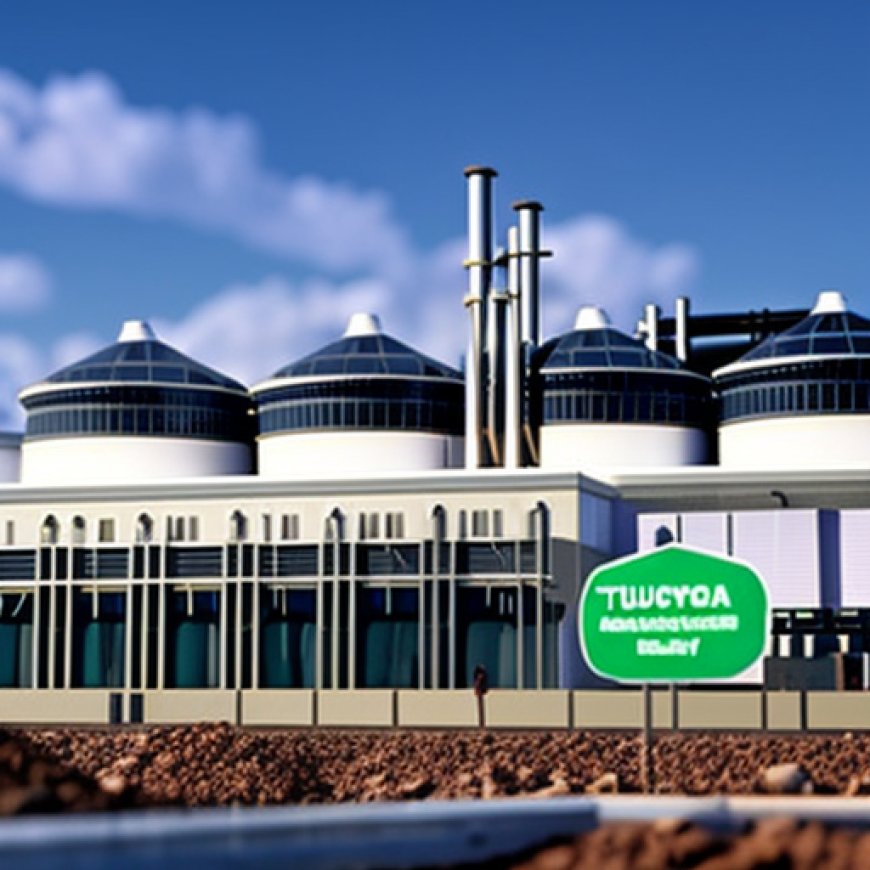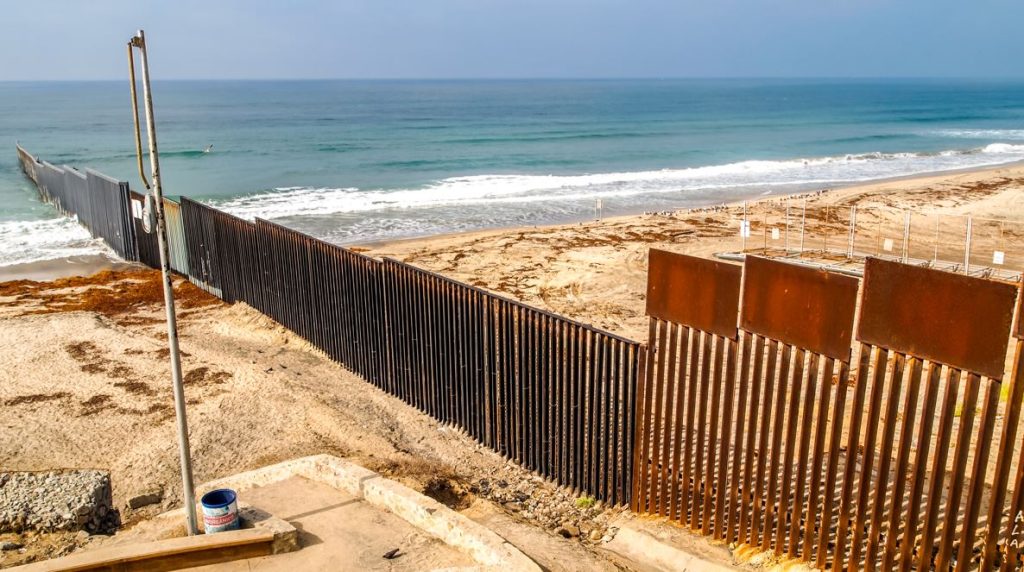Tijuana’s New Wastewater Treatment Plant is Nearly Complete – Coronado Times


Mexico’s New Wastewater Treatment Plant to Address Water Treatment Challenges

Mexico is nearing completion on its new wastewater treatment plant near Tijuana, which aims to address the water treatment challenges in the region. However, once the plant is operational, it is expected to face immediate overwhelming due to untreated water that should have been treated in the United States.
The San Antonio de los Buenos Wastewater Treatment Plant
The San Antonio de los Buenos Wastewater Treatment Plant, currently inoperable, channels wastewater into the ocean. The plant is undergoing a complete reconstruction with a capacity of 18 million gallons per day. The $34 million project is funded by Mexico, with civil works expected to be completed by October. The Mexican Ministry of Defense (SEDENA) is overseeing the project.
According to Doug Liden, an environmental engineer for the Environmental Protection Agency, the plant is on track to be completed by the end of the year. However, it will face immediate overwhelming once turned on, as it will receive untreated wastewater that should have been treated at the US’s international treatment plant.
To address this issue, officials plan to bypass certain flows while waiting for the rehabilitation of the South Bay International Wastewater Treatment Plant on the US side of the border. The goal is to improve the quality of water flows in the region.
Projects in Progress
Both Mexico and the United States have ongoing projects to address the Tijuana sewage crisis. Here are some updates on the projects:
-
East Orientele/Collector
Status: Finished in 2023
Cost: $2 million (figures are in USD)
Mexico replaced 491 meters of old pipes and built nine manholes to prevent sewage spills. The funding for this project came from the Border Environment Infrastructure Fund (BEIF).
-
PB Cila rehabilitation
Status: Finished in 2021
Cost: $4.4 million
Mexico rehabilitated the pump station by installing pre-treatment systems and mechanical screens to prevent clogs caused by solid waste. The funding for this project came from the Mexican government.
-
International Collector
Status: About 75% complete
Cost: $11 million
The international collector aims to consolidate wastewater and divert it to treatment plants. By replacing pipes and constructing manholes, the collector will prevent leaks and increase Mexico’s infrastructure capacity. The project is funded by Mexico and overseen by SEDENA.
-
Pressurized Line
Status: Partially funded
Cost: $16 million
This project aims to replace a line that sends river water flows from PBCILA/PB1 to the coast. Construction is expected to start soon pending additional funding, which will be provided by Mexico.
-
Modernization of original gravity line
Status: Unfunded
Cost: $12 million
This project aims to rehabilitate a gravity line to the coast. The funding for this project will be provided by Mexico.
-
Rehabilitation of Pump Stations
Status: In progress
Cost: $8.4 million (partially funded)
Mexico plans to rehabilitate pump stations, including Los Laureles 1, Los Laureles 2, and Matadero, to create a wastewater removal system with increased capacity. The funding for this project will be provided by Mexico.
Other Pending Projects
Several other projects are still pending funding or completion. These projects include rehabilitating canal tubing, the Insurgentes Collector, the Poniente Collector, the Carranza Collector, The Orientele Interceptor, withdrawal of treated wastewater flow from the Tijuana riverbed, wastewater treatment lines in the Sainz Canyon, gates on the Tijuana river to prevent infrastructure clogs, and a backup power supply to PB1. Efforts are underway to secure the necessary funding for these projects.
The ongoing collaboration between Mexico and the United States aims to address the Tijuana sewage crisis and achieve the Sustainable Development Goals (SDGs) related to clean water and sanitation.
SDGs, Targets, and Indicators in the Article
1. SDGs Addressed or Connected to the Issues Highlighted in the Article
- SDG 6: Clean Water and Sanitation
- SDG 11: Sustainable Cities and Communities
- SDG 17: Partnerships for the Goals
2. Specific Targets Under Those SDGs Identified Based on the Article’s Content
- SDG 6.3: By 2030, improve water quality by reducing pollution, eliminating dumping and minimizing release of hazardous chemicals and materials, halving the proportion of untreated wastewater and substantially increasing recycling and safe reuse globally.
- SDG 11.6: By 2030, reduce the adverse per capita environmental impact of cities, including by paying special attention to air quality and municipal and other waste management.
- SDG 17.17: Encourage and promote effective public, public-private and civil society partnerships, building on the experience and resourcing strategies of partnerships.
3. Indicators Mentioned or Implied in the Article to Measure Progress towards the Identified Targets
- Percentage of wastewater treated before discharge into the environment.
- Capacity of wastewater treatment plants in gallons per day.
- Completion status and timeline of infrastructure projects.
- Allocation and availability of funding for projects.
Table: SDGs, Targets, and Indicators
| SDGs | Targets | Indicators |
|---|---|---|
| SDG 6: Clean Water and Sanitation | 6.3: By 2030, improve water quality by reducing pollution, eliminating dumping and minimizing release of hazardous chemicals and materials, halving the proportion of untreated wastewater and substantially increasing recycling and safe reuse globally. | – Percentage of wastewater treated before discharge into the environment. – Capacity of wastewater treatment plants in gallons per day. |
| SDG 11: Sustainable Cities and Communities | 11.6: By 2030, reduce the adverse per capita environmental impact of cities, including by paying special attention to air quality and municipal and other waste management. | – Completion status and timeline of infrastructure projects. – Allocation and availability of funding for projects. |
| SDG 17: Partnerships for the Goals | 17.17: Encourage and promote effective public, public-private and civil society partnerships, building on the experience and resourcing strategies of partnerships. | – Allocation and availability of funding for projects. – Collaboration between Mexico and the United States in addressing wastewater treatment issues. |
Source: coronadotimes.com








